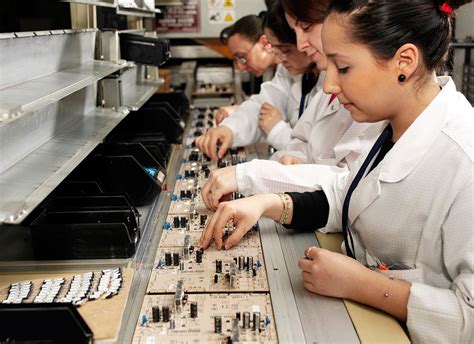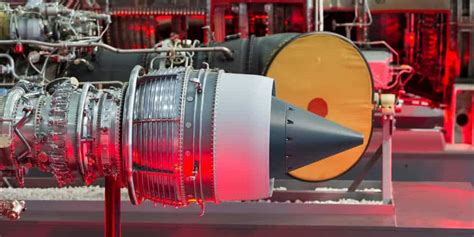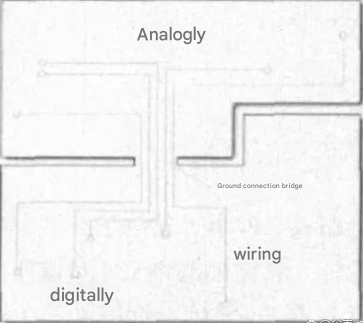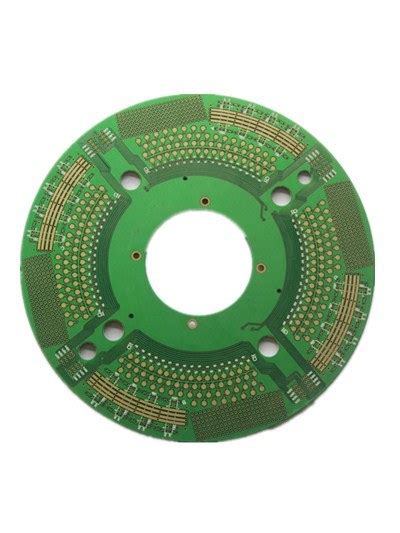PCB design anti-interference measures
In electronic system design, in order to avoid detours and save time, the requirements of anti-interference should be fully considered and met, and anti-interference remedial measures should be avoided after the design is completed. There are three basic elements that form interference:
(1) Interference source, which refers to the components, equipment or signals that generate interference, which can be described in mathematical language as follows: du/dt. The place where di/dt is large is the interference source. For example, lightning, relays, thyristors, motors, high-frequency clocks, etc. may all become interference sources.
(2) Propagation path, which refers to the path or medium through which interference propagates from the interference source to the sensitive device. The typical interference propagation path is conduction through wires and radiation in space.
(3) Sensitive devices, which refer to objects that are easily interfered with.
For example, A/D, D/A converters, single-chip microcomputers, digital ICs, weak signal amplifiers, etc. The basic principles of anti-interference design are: suppress interference sources, cut off interference propagation paths, and improve the anti-interference performance of sensitive devices.

1 Suppressing interference sources
Suppressing interference sources means reducing du/dt and di/dt of interference sources as much as possible. This is the most important and most important principle in anti-interference design, and it often achieves twice the result with half the effort. Reducing du/dt of interference sources is mainly achieved by connecting capacitors in parallel at both ends of the interference source. Reducing di/dt of interference sources is achieved by connecting inductors or resistors in series with the interference source loop and adding freewheeling diodes.
Common measures to suppress interference sources are as follows:
(1) Add freewheeling diodes to relay coils to eliminate the back electromotive force interference generated when the coil is disconnected. Adding only freewheeling diodes will delay the disconnection time of the relay. After adding voltage regulator diodes, the relay can operate more times per unit time.
(2) Connect a spark suppression circuit (usually an RC series circuit, the resistor is generally selected from a few K to tens of K, and the capacitor is selected from 0.01uF) at both ends of the relay contact to reduce the impact of electric sparks.
(3) Add a filter circuit to the motor, and pay attention to the capacitor and inductor leads to be as short as possible.
(4) Each IC on the circuit board should be connected in parallel with a 0.01μF~0.1μF high-frequency capacitor to reduce the impact of the IC on the power supply. Pay attention to the wiring of the high-frequency capacitor. The connection line should be close to the power supply end and as thick and short as possible. Otherwise, it is equivalent to increasing the equivalent series resistance of the capacitor, which will affect the filtering effect.
(5) Avoid 90-degree folds when wiring to reduce high-frequency noise emission.
(6) Connect an RC suppression circuit at both ends of the thyristor to reduce the noise generated by the thyristor (this noise may break down the thyristor when it is serious).
According to the propagation path of interference, it can be divided into two categories: conducted interference and radiated interference.
The so-called conducted interference refers to the interference transmitted to sensitive devices through wires. The frequency band of high-frequency interference noise is different from that of useful signals. The propagation of high-frequency interference noise can be cut off by adding filters to the wires, and sometimes it can be solved by adding isolation optocouplers. Power supply noise is the most harmful and should be handled with special attention. The so-called radiated interference refers to the interference transmitted to sensitive devices through space radiation. The general solution is to increase the distance between the interference source and the sensitive device, isolate them with a ground wire, and add a shield to the sensitive device.
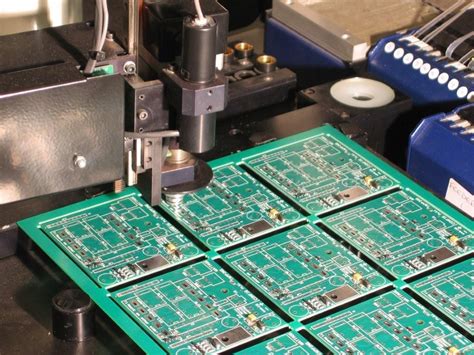
2 Common measures to cut off the interference propagation path are as follows:
(1) Fully consider the impact of the power supply on the microcontroller.
If the power supply is well made, the anti-interference of the entire circuit is mostly solved. Many microcontrollers are very sensitive to power supply noise. It is necessary to add a filter circuit or a voltage regulator to the microcontroller power supply to reduce the interference of power supply noise on the single chip. For example, a π-shaped filter circuit can be formed by using magnetic beads and capacitors. Of course, when the conditions are not high, a 100Ω resistor can also be used instead of a magnetic bead.
(2) If the I/O port of the microcontroller is used to control noisy devices
such as motors, isolation should be added between the I/O port and the noise source (add a π-shaped filter circuit). To control noisy devices such as motors, isolation should be added between the I/O port and the noise source (add a π-shaped filter circuit).
(3) Pay attention to the crystal oscillator wiring.
The crystal oscillator and the microcontroller pins should be as close as possible, and the clock area should be isolated with a ground wire. The crystal oscillator shell should be grounded and fixed. This measure can solve many difficult problems.
(4) Reasonable partitioning of the circuit board, such as strong and weak signals, digital and analog signals.
Keep interference sources (such as motors, relays) away from sensitive components (such as single-chip microcomputers) as far as possible.
(5) Use ground wires to isolate the digital area from the analog area, separate the digital ground from the analog ground, and finally connect to the power ground at one point. The A/D and D/A chip wiring also follows this principle. The manufacturer has considered this requirement when allocating the A/D and D/A chip pins.
(6) The ground wires of the single-chip microcomputer and high-power devices should be grounded separately to reduce mutual interference. High-power devices should be placed at the edge of the circuit board as much as possible.
(7) Use anti-interference components such as magnetic beads, magnetic rings, power filters, and shielding covers at key locations such as single-chip microcomputer I/O ports, power lines, and circuit board connection lines to significantly improve the circuit’s anti-interference performance.

3 Improving the anti-interference performance of sensitive devices
Improving the anti-interference performance of sensitive devices refers to minimizing the pickup of interference noise from the sensitive device side and recovering from abnormal conditions as quickly as possible.
The common measures to improve the anti-interference performance of sensitive devices are as follows:
(1) When wiring, minimize the area of the loop to reduce the inductive noise.
(2) When wiring, the power line and ground line should be as thick as possible. In addition to reducing the voltage drop, it is more important to reduce the coupling noise.
(3) For the idle I/O port of the microcontroller, do not leave it floating, but connect it to the ground or power supply. The idle end of other ICs should be grounded or connected to the power supply without changing the system logic.
(4) Use power monitoring and watchdog circuits for the microcontroller, such as:
IMP809, IMP706, IMP813, X25043, X25045, etc., which can greatly improve the anti-interference performance of the entire circuit.
(5) Under the premise that the speed can meet the requirements, try to reduce the crystal oscillator of the microcontroller and choose a low-speed digital circuit.
(6) IC devices should be directly soldered on the circuit board as much as possible, and IC sockets should be used less.
In order to achieve good anti-interference, we often see ground segmentation wiring on PCB boards. However, not all digital circuits and analog circuits must be divided by ground plane. Because this division is to reduce noise interference.
Theory: The general frequency in digital circuits is higher than that in analog circuits, and their own signals will form a return flow with the ground plane (because in signal transmission, there are various inductances and distributed capacitances between copper wires).
If we mix the ground wires together, then this return flow will crosstalk between digital and analog circuits. And we separate them to form a return flow only within themselves. They are connected by only a zero-ohm resistor or a magnetic bead because they are originally the same physical ground. Now the wiring separates them, and they should be connected in the end.

